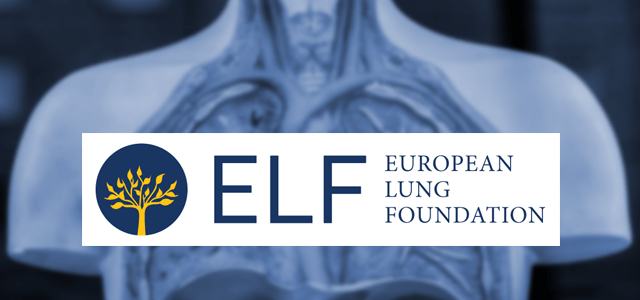“It was important to us that any system had to be straightforward and easy to use.”
It’s a consistent comment we hear from many of the charities that choose to use Nimble.
This statement comes from Kerstin Morrison of the European Lung Foundation, a charity which has designed the European Patient Ambassador Programme. Their story of innovation and growth offers some valuable tips for other charities. For some voluntary organisations, moving into the world of elearning can involve lots of questions, hopefully, Kerstin can offer some answers.
Q: What were you trying to do?
A: ELF decided to design an elearning programme for patients, in order to facilitate the involvement of a wide cross-section of people internationally who are living with a chronic condition to get involved in healthcare.
Q: What challenges did you face?
A: We had many challenges. We needed to appeal to people all over the world whose first language was not English. Our appeal had to be appropriate for people living with any chronic disease and to be accessible to people from many different backgrounds.
Q: Was there a specific problem you faced?
A: A lot of the people we try to reach may not be the most prolific users of computer technology. People affected by chronic conditions are, in the majority, part of the older section of society. This is why it was important to us that any system had to be straightforward and easy to use.
Q: You’ve been using Nimble for two years. How have you developed its use?
A: After two years of running the European Patient Ambassador Programme, we wanted to add more flexibility. We also wanted to become authors on Nimble so we could add and change content as and when we needed.
Q: So using Nimble Author has become an important tool for you then?
A: We’ve found it’s easy for us to translate our programme into other languages independently, therefore keeping development costs down. We’re embarking on a translation project over the coming years and we’re regularly adding new modules to our programme. Nimble simply helps us manage these developments and improvements.
There are some valuable points to highlight from Kerstin’s answers:
- 1. Elearning is a broad category and shouldn’t be limited to just being about training. We think there are opportunities for ‘einformation’. It’s a great way to engage people:
- With interactivity, so the information they get doesn’t require passive involvement.
- With careful planning, so people can navigate the resource to find out what they need and disregard what isn’t relevant to them.
- With an online presence which can be accessed anywhere and on any device (for instance, some older people find things like tablets easy to use).
- 2. Simplicity is crucial. This works on two levels:
- Simplicity for the organisation, so anyone can create material and manage it.
- Simplicity for the user, so information is uncluttered, consistently formatted.
- 3. Adaptability: it needs to fit the way the organisation will develop in the future.
- 4. Great support: the Nimble team are always available to provide advice and help if you need it. With numerous charities using Nimble we can use their experiences to provide good advice.
As Kerstin has shown, in the two years since their journey started, you can start small and simple but growing and developing is easy to do when you bear in mind this advice. It’s yet more proof that Nimble is ideal for anyone new to elearning. The number of charities that are using us now suggests we’re ideal for them too!
If you work for a charity and want to use elearning to develop your training and communication, get in touch. The good news is we reduce the cost of our charity sector licences by 15% too!


0 Comments